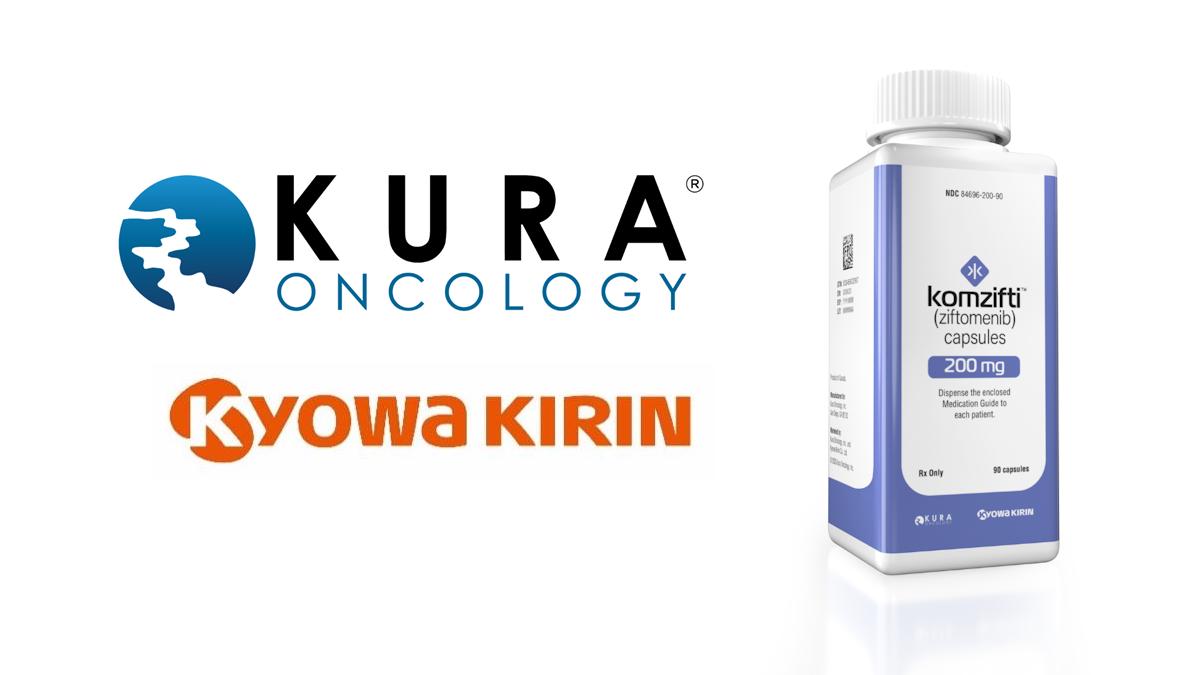BMS preps filings for leukaemia maintenance therapy CC-486

Celgene’s pipeline has delivered another new drug filing for Bristol-Myers Squibb, thanks to positive results for oral azacitidine formulation CC-486 in the phase 3 QUAZAR AML-001 trial.
Top-line results were revealed in September, but the detailed data was presented this week at the ASH congress and revealed a significant 9.9 month extension in overall survival for CC-486 compared to placebo in patients with acute myeloid leukaemia (AML).
After years of stagnation, AML treatment has advanced recently with approval for new drugs including Roche/AbbVie’s Venclexta (venetoclax) for first-line treatment along with chemotherapy, but CC-486 is the first drug shown to improve survival when used as maintenance therapy for AML patients in remission.
Chemotherapy drug azacitidine – sold by Celgene in intravenous form as Vidaza – has been a mainstay of first-line induction therapy for AML for years, making sales of $600 million a year for the company before losing its patent protection and being hit by generic competition a few years ago.
In QUAZAR, the oral formulation was compared to placebo as a maintenance therapy for newly-diagnosed patients with AML who had a complete response to first-line chemo, and was found to extend survival to 24.7 months from 14.8 months.
There was also a five-month improvement in relapse-free survival (RFS) that also passed the threshold for statistical significance, according to the ASH data, presented by Dr Andrew Wei of Alfred Hospital and Monash University in Australia.
“Despite a number of recent advances in the treatment of AML, the prognosis remains poor, as most patients will relapse and ultimately die of their disease,” said Wei, who noted that the role of maintenance therapy in AML has been a “contentious issue” in the past.
The QUAZAR data “have the potential to establish maintenance therapy as a new treatment paradigm for patients with AML in first remission,” he added.
At the moment, less than 30% of AML patients live beyond five years, despite a 60% to 80% remission rate with current first-line therapies.
For BMS, the data positions CC-486 into a segment of the AML market that for the time being sidesteps competition from Venclexta and other drugs coming through the pipeline like Roche’s MDM2 inhibitor idasanutlin.
It also extends a franchise that also includes second-line treatment Idhifa (enasidenib) for relapsed/refractory AML, another Celgene brand.
Roche and AbbVie are running a phase 2 trial on the go that is looking at Venclexta maintenance after first-line induction therapy with Venclexta plus IV azacitidine, but that isn't due to read out until 2021, according to the clinicaltrials.gov database.
Meanwhile, Wei has suggested that CC-486 is also likely to advance into the front-line treatment setting, particularly for older AML patients, and could form the “backbone” of combination therapies.
Other recent approvals in this area include Astellas’ Xospata (gilteritinib) for relapsed or refractory FLT3-positive AML, a second-generation rival to Novartis’ first-to-market FLT3-targeting drug Rydapt (midostaurin). The FLT3 mutation is seen in around a third of all AML patients.












